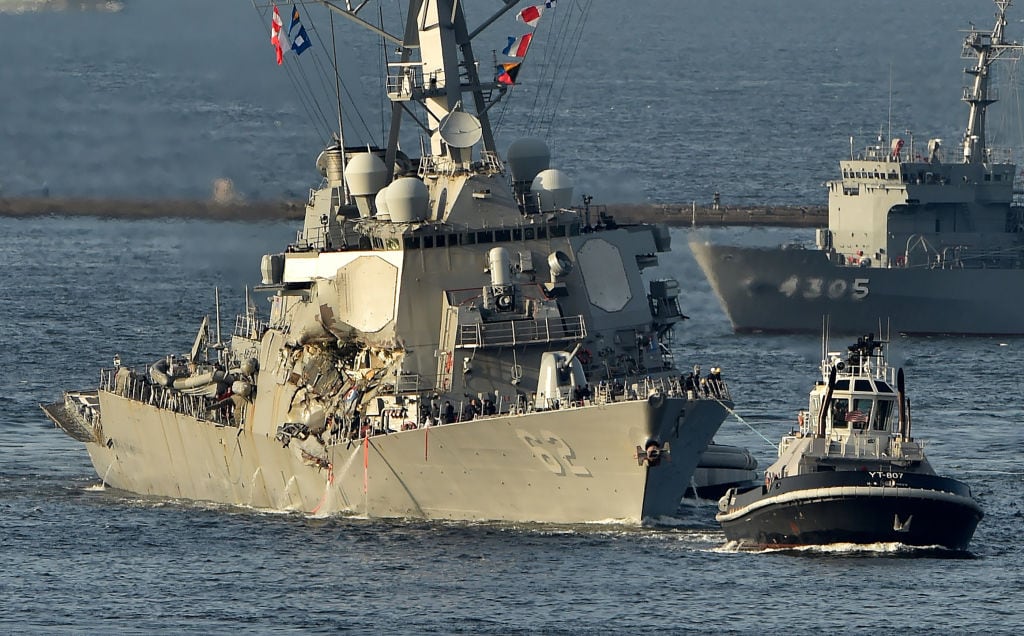This past summer, two Navy destroyers collided with merchant ships, resulting in the deaths of 17 sailors, over $600 million in damages and an even greater strain on a forward-deployed fleet already stretched too thin. The collisions, which took place during routine operations, were “preventable” and caused by “poor leadership,” according to Navy officials.
Two independent reviews of the collisions made a variety of recommendations to stem systemic shortcomings plaguing the service. However, the reviews didn’t address the two most significant factors negatively affecting mission readiness today: A widening dichotomy between policymakers and those who execute policy, and the souring relationship between junior enlisted sailors and an increasingly indolent chiefs mess.
RELATED

Every day, a sailor’s most basic itinerary involves executing tasks that are, directly or indirectly, dictated by policy. These policies are instituded by civilian officials or high-ranking Navy personnel who haven’t performed the specific task at hand in a long time, if at all.
This too often leads to well-intentioned but counterproductive policies. Worse, the process to amend broken policies is vague or mired in bureaucratic red tape. The inability to expeditiously identify and correct bad policy is inconsistent with a “learning culture,” something big Navy claims to espouse.
The fix is simple: Implement routine face-to-face meetings with the “doers” and “makers” of policy. The face-to-face aspect is key to eliminate the “telephone effect” that occurs when messages are pushed through a lengthy chain of command.
Most alarming, however, is the culture set for junior sailors by the chiefs mess. Many chiefs today promote a culture of “looking good” rather than “being good.”
Chiefs reward junior sailors who don’t question the status quo — those who just “shut up and color” — with favorable evaluations and command advocacy.
In a Navy stretched thin — doing more with less and on little sleep — it is apparent that the level of knowledge for an increasing number of chief petty officers of the rating they oversee has atrophied.
This begs the question: How can a supervisor effectively oversee a division of sailors if they don’t fully understand what they’re tasking their sailors with?
Today’s chiefs mess is not postured to lead a Navy dedicated to high-velocity learning, as the chief of naval operations desires. By marginalizing sailors who question the status quo and promoting a listless mindset of forced obedience, today’s chiefs are undermining the Navy’s ability to improve in an era of austerity.
To fix this cultural malaise, the Navy must tie the feedback from junior sailors of their leadership into leadership’s evaluations. The concept of 360-degree evaluations is not new, but naysayers claim that junior sailors aren’t mature enough or don’t possess the big picture knowledge to give credible feedback.
This attitude dangerously underestimates the competency and power of sailors comprising the Navy’s junior enlisted ranks.
It is folly to assume that the Navy can rectify the glaring issues that have contributed to recent accidents without incorporating the feedback of their junior sailors, as high-velocity learning demands.
Junior sailors work hard. They should dare to expect more from their leadership.
ET2 Fisher is a sailor stationed in Misawa, Japan.





